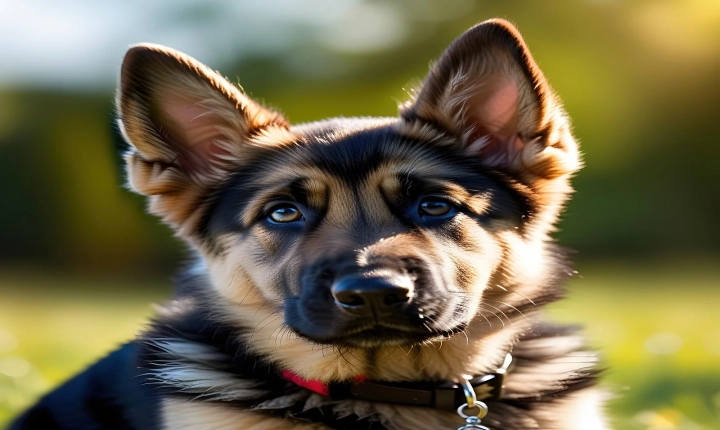The Emergence of AI Art: Exploring the World of Computer-Generated Creativity
In recent years, the world has seen a significant rise in the intersection of technology and creativity, leading to the emergence of a new art form known as AI art. This innovative genre of art is created using artificial intelligence (AI) algorithms and machine learning techniques, allowing machines to produce artworks that were once the sole domain of human artists.
One of the most well-known examples of AI art is the work of the artist collective known as “Obvious”, whose painting “Edmond de Belamy” was created using an AI algorithm. The artwork, which depicts a portrait of a fictional aristocratic gentleman, gained international attention when it was sold at auction for a price that exceeded the initial estimate, sparking debates about the role of AI in the art world.
The concept of AI-generated art raises fundamental questions about creativity and originality. Can machines truly be considered artists, or are they simply tools used by human creators? The debate extends to the nature of authorship and the value of human intuition and emotion in the artistic process. While some argue that AI art lacks the emotional depth and personal expression of human-made art, others see it as a new frontier that expands the possibilities of creativity.
Proponents of AI art emphasize the potential for collaboration between humans and machines, as AI algorithms can be used to generate initial ideas or assist in the creative process. By leveraging the computational power of AI, artists can explore new forms, patterns, and visual representations that may not have been achievable through traditional means.
The democratization of art is also a significant aspect of AI art, as it has the potential to make art more accessible to a wider audience. AI-generated artworks can be produced at a faster pace and at a lower cost, allowing for greater diversity and inclusivity in the art world.
However, concerns about the impact of AI on the art world persist. Some worry that the rise of AI art could devalue the work of human artists and undermine the traditional art market. Additionally, ethical considerations, such as the use of personal data and the potential for bias in AI algorithms, need to be addressed as AI becomes increasingly involved in creative processes.
Despite the ongoing debates, the development of AI art represents an exciting new chapter in the evolution of artistic expression. As AI technologies continue to advance, the boundaries between human creativity and machine intelligence will become increasingly blurred, challenging our understanding of what it means to create art in the digital age.
In conclusion, the emergence of AI art reflects the growing influence of technology on the creative landscape. While the concept of AI-generated art raises complex philosophical and ethical questions, it also presents unprecedented opportunities for innovation and collaboration in the art world. As AI continues to develop, its impact on the realm of art and creativity is sure to be a topic of ongoing exploration and debate.
